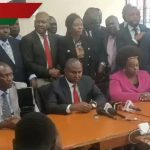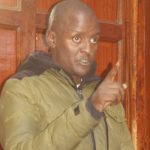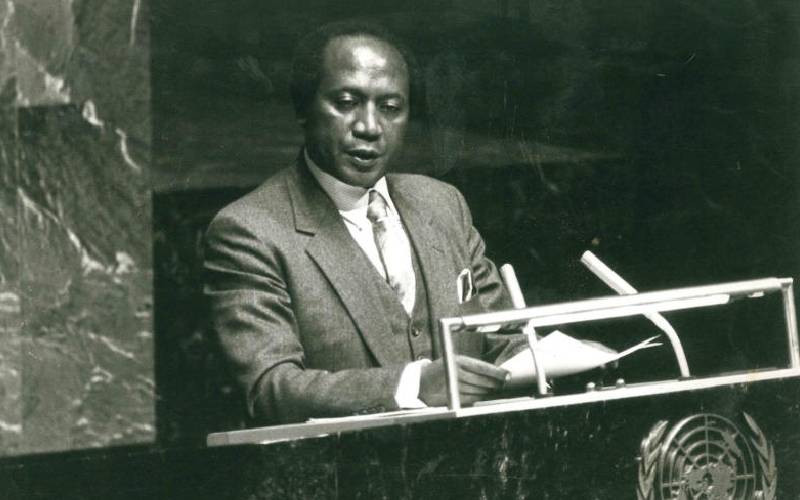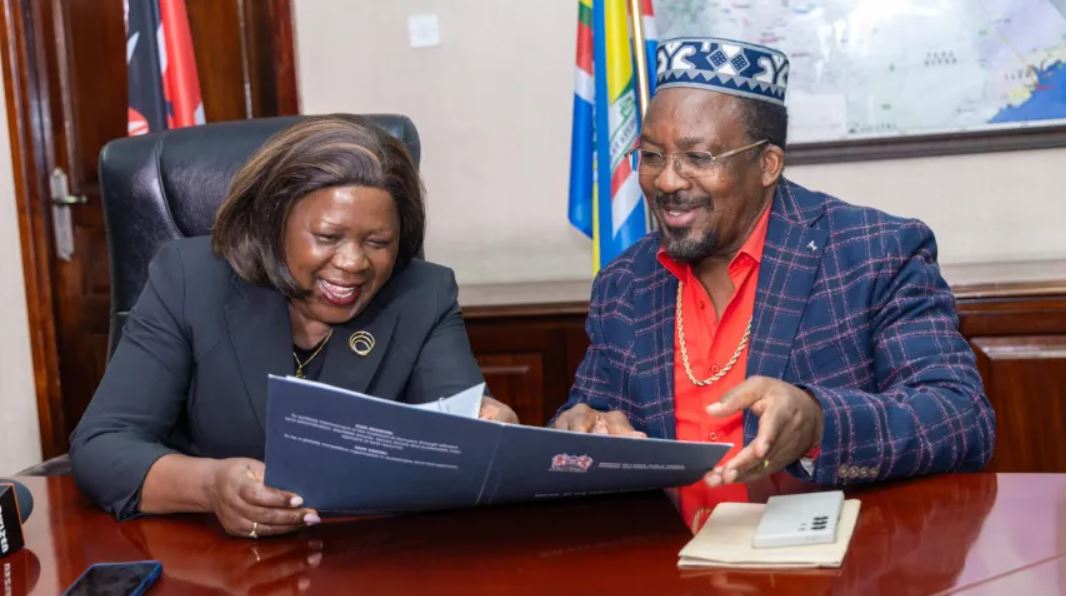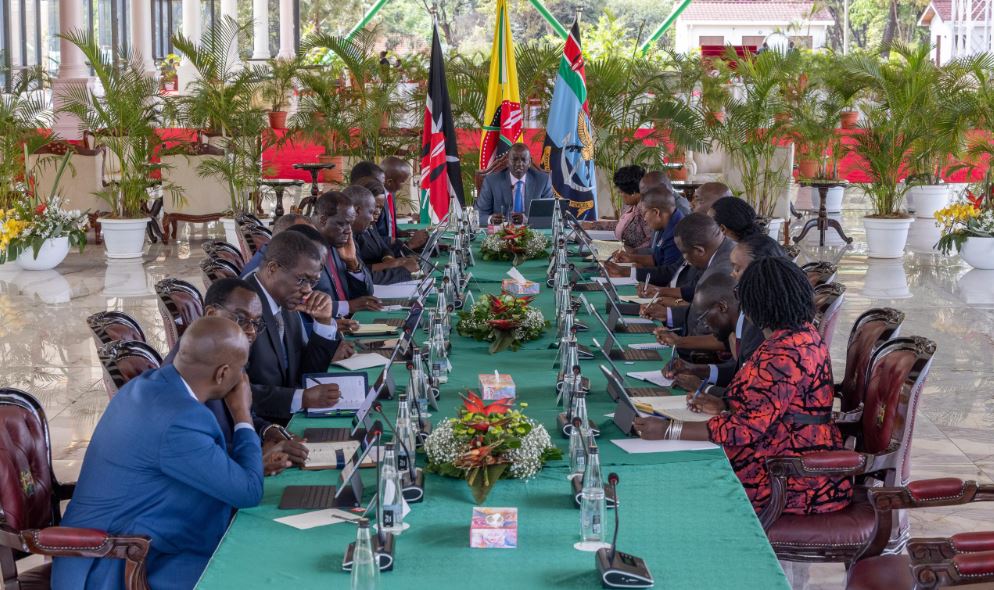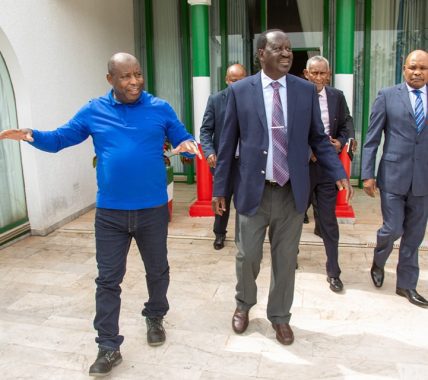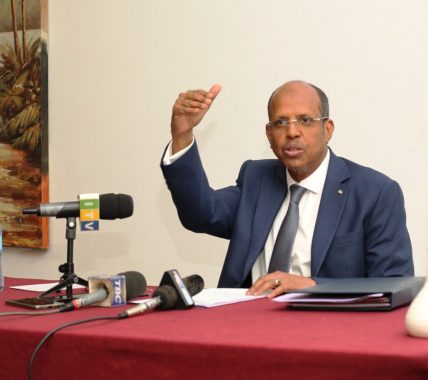Thirty-five years ago, on the morning of February 13, 1990, a herdsboy in Got Alila, near Muhoroni in Kisumu, stumbled upon a horrifying sight — the burnt body of Dr Robert Ouko, the Minister for Foreign Affairs.
His murder remains one of Kenya’s most famous unsolved mysteries, shrouded in secrecy, suspicion and layers of conflicting stories.
Among the various theories put forward, none has sparked as much controversy and speculation as the Washington trip theory — the idea that Ouko’s fate was sealed during a high-profile visit to the US just weeks before his death. But was this really the catalyst for his assassination, or has the story itself been a carefully curated piece of political theater in a post-truth world?
Over the years, numerous explanations have emerged. Some suggest he was killed due to an alleged report exposing corruption in the revival of the Kisumu Molasses plant, but no evidence of such a report exists, and both Kenyan and Italian courts dismissed these accusations as baseless.
Others point to political rivalry, claiming Ouko’s ambitions made him a threat to President Daniel arap Moi’s potential successors. However, suspicions around Vice President George Saitoti faded when he claimed he had been “poisoned by those who killed Dr Ouko,” removing himself from contention.
Local politics feuds, foreign interference, family conflicts, business interests, personal vendettas, crimes of passion, and even state-ordered executions have all been suggested—but each theory lacks concrete evidence.
The Washington idea, however, stands out for its enduring popularity despite being debunked by multiple sources.
On January 27, 1990, President Moi led an 83-member delegation, including Ouko, to Washington, DC for the National Prayer Breakfast hosted by US President George Bush. Media coverage and official records confirm that Ouko returned with the delegation on February 4, contradicting claims he was sidelined or returned separately. According to the theory, tensions arose during the trip, allegedly stemming from a private meeting between Ouko and President Bush or his upstaging Moi at a press briefing. These events supposedly led to Ouko’s security detail being withdrawn, his passport seized, and his “banishment” to Koru — purportedly foreshadowing his assassination.
Scotland Yard detective, John Troon, noted in his report that evidence of any disagreement was “tenuous”, relying largely on hearsay from Ouko’s brother, Barrack Mbajah, and sister, Dorothy Randiak — neither of whom attended the trip. Mbajah altered his story multiple times, alleging Ouko had been sacked, exiled and even left a farewell note. During the Judicial Commission of Inquiry in November, 1991, Troon acknowledged discrepancies between Mbajah’s account and other witnesses’ statements, conceding that Mbajah had lied to him. Similarly, Randiak’s claims were unreliable, as her cited sources denied providing such information. In her third statement, she admitted, “I have been told to tell you”, revealing she was instructed to alter her initial accounts, which never mentioned the US motive claim.
Official US diplomatic cables released under the Freedom of Information Act deny any private meeting between Ouko and Bush. Shortly after the murder, US ambassador Smith Hempstone stated: “Rumors of lunatic proportion have circulated at light speed through Kenya and the most widely held one is that something happened in Washington which put Ouko out of favour with the President. We have flatly refuted the premises of both these ‘explanations’… but find that our denials have little effect on our Kenyan interlocutors.”
Kenyan officials who participated in the trip also refuted claims of tension, with Bethuel Kiplagat, Foreign Affairs PS, stating: “There was no friction or misunderstanding between Dr Ouko and any member of the delegation in the USA.”
Moses Njuguna Mahugu, Chief of Protocol, echoed this sentiment. “I am not aware of any incident of friction or disagreement during the trip.”
Even Denis Afande, Kenya’s US envoy, confirmed there was no meeting between Ouko and President Bush.
The persistence of the Washington theory underscores the challenges of uncovering objective truth in an era of disinformation and misinformation. Emotional appeal, confirmation bias, and official complicity all contributed to its endurance.
Stay informed. Subscribe to our newsletter
To understand why certain historical narratives endure despite evidence disproving them, consider the significance of Oxford’s selection of “post-truth” as its 2016 word of the year. This highlights a world where emotions and beliefs often override facts and critical thinking. In such a polarised environment, groupthink and perception can eclipse reality, allowing myths to persist even when debunked. This phenomenon extends beyond politics into history, as seen in the unresolved cases of figures like Swedish Prime Minister Olof Palme, whose assassination in 1986 spawned numerous conspiracy theories involving foreign intelligence or domestic actors.
Psychological studies show that once people embrace a narrative, they reject opposing evidence due to the “backfire effect”.
What happens when truth bows to perception? The Ouko case exemplifies this dilemma — fueling suspicion, eroding accountability and turning history into a tool for manipulation. The question before us is clear: Which truth will define our nation? Will we face the facts, however uncomfortable, or cling to emotionally driven narratives shaped by self-interest? The answer rests in our collective dedication to justice.
On the 35th anniversary of his murder, it is vital to acknowledge that justice requires more than speculation — it demands a resolute pursuit of the full story, despite its complexity or discomfort. Until society values objective truth over perception, the truth about Ouko’s death — and countless other unresolved cases — will remain hidden in the shadows of a post-truth world.
